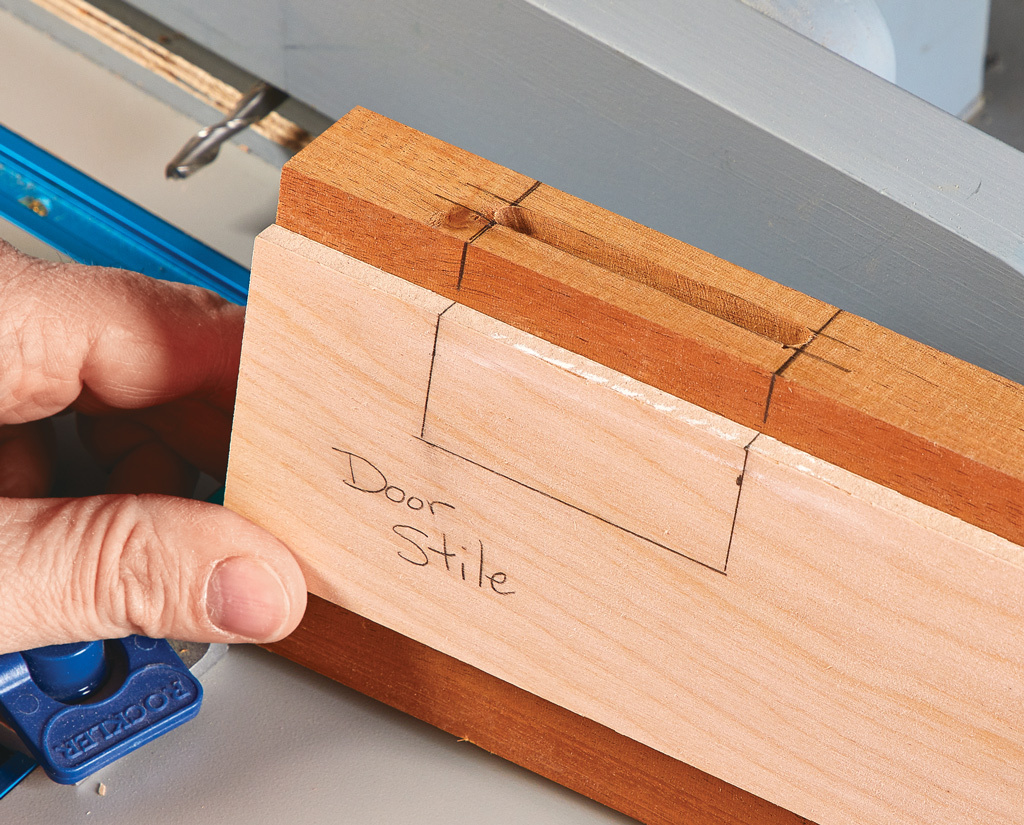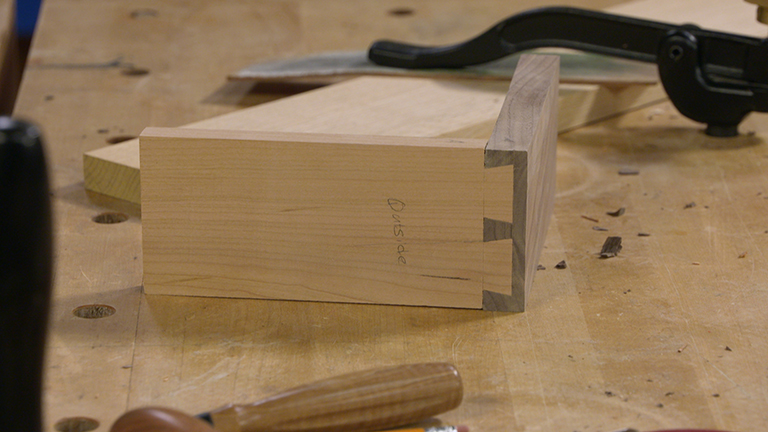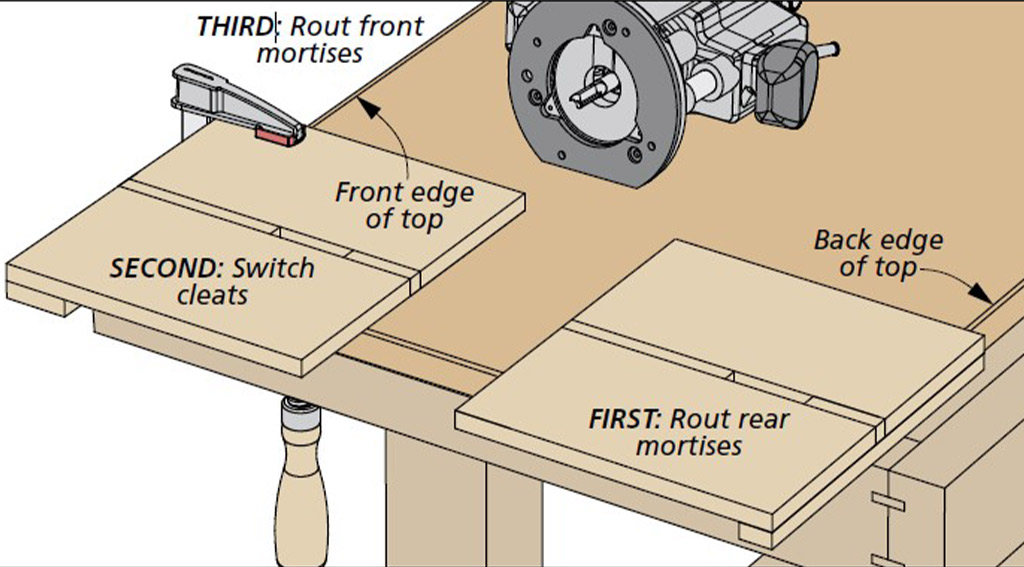There aren’t too many projects that don’t use rabbets for one purpose or another. You’ll find them used to create an opening for a cabinet back, building drawers, or in simple carcase construction. And yet, because they’re so simple, we tend not to give much thought to cutting rabbets. Like so many things in woodworking, when it comes to cutting rabbets there’s more than one way to get the job done. Most of the time, I rely on my table saw for this task. But even so, there are at least a couple of different ways that you can go about it.

My method of choice is to use a dado blade. A good-quality stack dado blade will cut rabbets quickly and accurately. The key is to use an auxiliary fence. Basically, this is just a narrow strip of wood or plywood that’s clamped to your rip fence. The dado blade is “buried” in this auxiliary fence so that only a portion of the blade is exposed. The thing I like about using an auxiliary fence is that it makes controlling the width and the depth of the rabbet a snap. I start with the width. With the blade raised just barely above the table and the rip fence covering most of the blade, I’ll make a pass on a test piece. Then I just move the fence away from the blade a little at a time until the rabbet is the width that I want. Once I’ve zeroed in on the width, I creep up on the depth the same way.

There are times when I need to cut a rabbet or two and don’t want to go to the trouble of removing my saw blade and installing a dado blade. In these cases, I use a two-pass method with a single blade. The method is pretty simple. The first pass establishes the width of the rabbet.

Then you simply reposition the rip fence and stand the workpiece on edge to remove the waste with the second cut. There are just a couple of things to point out here. First, you always want to make sure that the waste piece falls away from the blade, so that it doesn’t get trapped between the blade and the rip fence. Second, it’s a good idea to use a zero-clearance insert around your saw blade. This not only helps to support your workpiece when making the second pass, but it also prevents the waste piece from getting caught between the blade and the opening in the insert plate.












